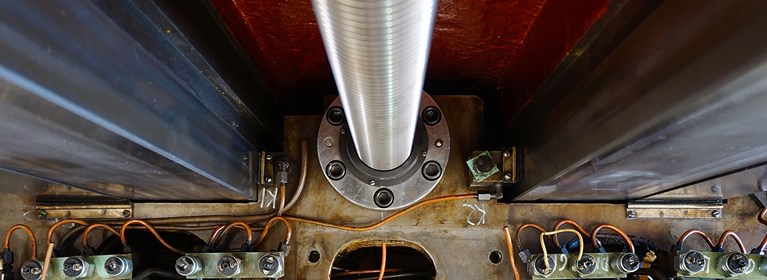Nearly 20 percent of manufacturing fatalities are caused by contact with moving parts of machines.
When choosing between an electric or hydraulic actuator, the primary factor that should influence your decision is safety. For example: What are their fail-safe provisions? Which actuator offers more precision? Which can carry a heavier load?
We’ve previously written about advantages and disadvantages of both actuators in this blog post, but, which actuator is safer to use and why?
The requirements of a safe manufacturing environment
A safe manufacturing process environment demands particular requirements. For example:
- The environment must be uncontaminated. A leak on the factory floor from one piece of equipment could halt the entire production line.
- Motion control systems need to operate as precisely as possible. Equipment is often in close proximity to one another, and with human employees moving between equipment, one false move could cause harm.
- Fail-safe procedures are a necessity. Equipment failures should be seen as a ‘when’, not an ‘if’. When they do fail, what precautions are in place to mitigate damage?

In the last five years, the manufacturing industry have seen an average of 22 workers die per year due to workplace accidents. By deploying the safety cautions above, then, you can mitigate this risk.
The safety features of electric actuators
Electric actuators are powered exclusively by motors. That means they require a control system to provide power, and a user to program the desired requirements for control.
On the factory floor, electric actuators have two safety benefits over hydraulic actuators:
- They require less maintenance and plumbing (hydraulics using incompressible fluid are prone to leakages, and mineral oils – which are somewhat compressible – can cause power loss, cavitation, stress and fatigue).
- Electric actuators use acme or ball screws that hold a load in place in the event of a power failure.
When considering the safety requirements in manufacturing electric actuators outshine hydraulics substantially. Ultimately, electric actuators allow for clean, precise movement. And, should systems fail, they can continue to hold a load in place.
Hydraulic actuators: Are they unsafe?
Typically, hydraulic actuators are the preferred choice over electric actuators for a few key reasons:
- They’re perfect for hazardous conditions where heavy loads need to be moved in contaminated areas.
- They can carry much heavier loads than electric actuators and use ‘brute force’ over ‘consistent precision’.
- Because they are mechanical and not electric, they don’t require a motor (which can be prone to overheating).
While hydraulic actuators aren’t typically a first-choice actuator on the factory floor, they are the favored choice in particular environments.
Electric actuators are safer
A process environment like manufacturing requires precision. It needs to be clean and tidy; it needs machinery that can provide consistent movement time and time again; and because of machine learning and industry 4.0, machinery now needs to be connected and ‘smart’ to improve productivity.
Not only are electric actuators the safer choice, but they also allow manufacturing firms to build automated process environments. Ultimately, this will help reduce failure rates and improve competitiveness.
Contact Our Engineering Team For A Free Application Analysis
North America - EN











